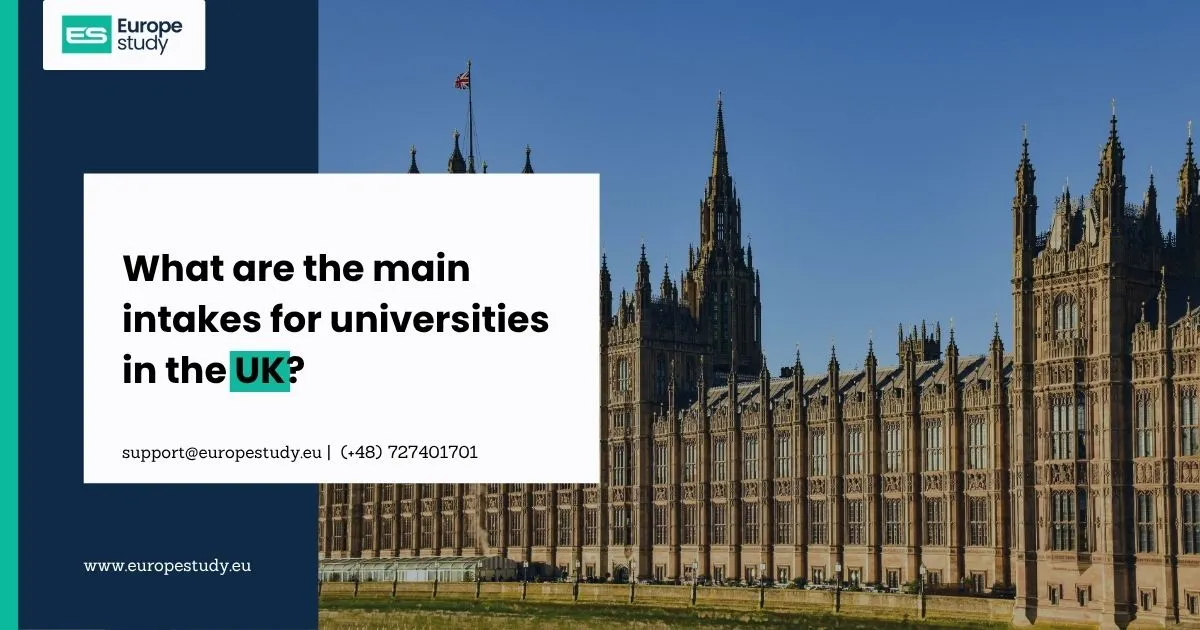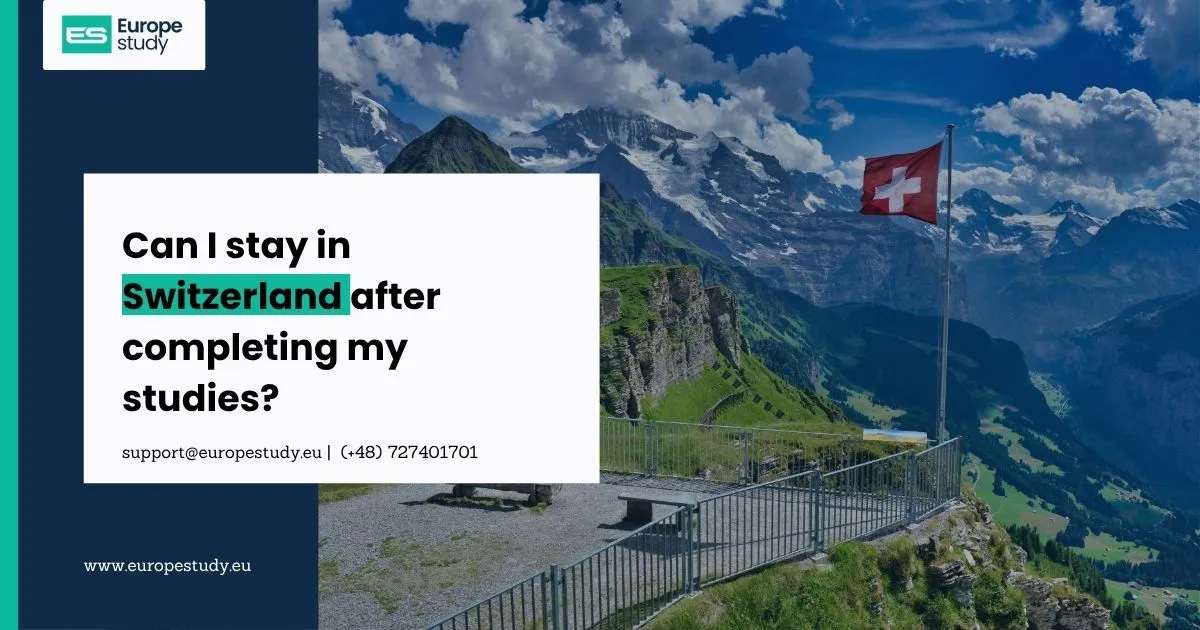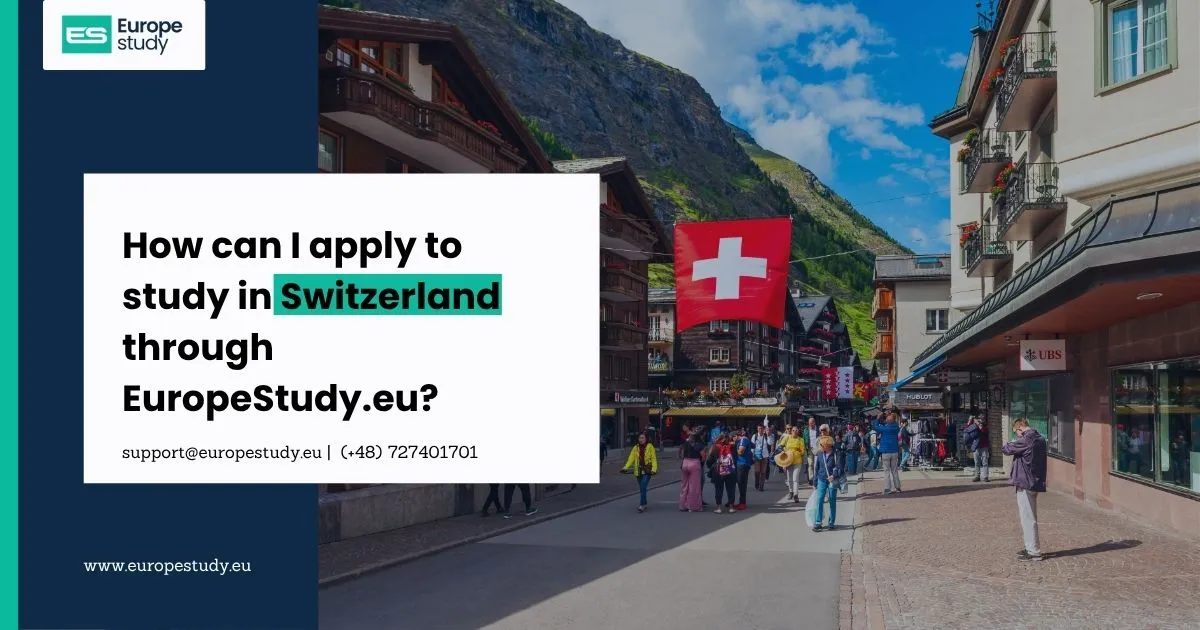
How is the Education System Structured in Slovakia?
Slovakia, nestled in the heart of Europe, is increasingly gaining popularity among international students for its high-quality education, affordable tuition, and vibrant cultural scene. Before applying to study in the country, it's essential to understand how the Slovak education system is structured. Whether you’re planning to pursue undergraduate or postgraduate studies or just curious about how Slovakia educates its citizens, this guide provides a comprehensive overview.
1. Overview of the Slovak Education System
The education system in Slovakia is divided into several levels:
- Pre-primary education (kindergarten)
- Primary education
- Lower secondary education
- Upper secondary education
- Tertiary (higher) education
The Ministry of Education, Science, Research and Sport of the Slovak Republic governs and oversees all aspects of the education system, including curriculum development, funding, and accreditation.
2. Pre-Primary Education (Ages 3–6)
Pre-primary education in Slovakia is not compulsory but is widely attended. It is provided in kindergartens (materská škola) and focuses on the overall development of children in areas such as language, motor skills, social behavior, and creativity.
In 2021, Slovakia introduced compulsory pre-primary education for children aged 5 years, one year before entering primary school. This aims to improve school readiness and language development, especially among children from disadvantaged backgrounds.
3. Primary Education (Grades 1–4)
Primary education begins at the age of 6 and lasts for four years (grades 1–4). It is provided at základná škola (primary school), and subjects taught include Slovak language and literature, mathematics, environmental studies, arts, and physical education.
This phase lays the foundation for literacy, numeracy, and basic life skills.
4. Lower Secondary Education (Grades 5–9)
This stage continues in the same school (základná škola) and lasts for five years (grades 5–9). It expands on core subjects with more specialization, including foreign languages, biology, geography, history, physics, and chemistry.
At the end of this phase, students receive a certificate of completion of basic education, which qualifies them to move on to upper secondary school.
5. Upper Secondary Education
Upper secondary education typically lasts four years and is divided into two main types:
a) General Secondary Schools (Gymnázium)
These are academically oriented schools preparing students for higher education. They offer general education with a strong emphasis on languages, humanities, sciences, and mathematics. Students graduate with a Maturita examination, which is necessary for university admission.
There are also 8-year and 5-year Gymnáziums for students who begin at a younger age, depending on academic performance and entrance exams.
b) Vocational Secondary Schools
Vocational education prepares students for specific trades or careers. These schools combine theoretical knowledge with practical training and also culminate in the Maturita exam, allowing access to universities. Some programs offer apprenticeship certificates without the Maturita, which leads directly into the workforce.
6. Tertiary Education (Higher Education)
Tertiary education in Slovakia is provided by public, state, and private universities and colleges. The system follows the Bologna Process, ensuring compatibility with European standards and making Slovak degrees recognized across the EU.
There are three main levels of higher education:
a) Bachelor’s Degree (1st Cycle)
- Duration: 3 to 4 years
- Academic title awarded: Bc. (Bachelor)
b) Master’s Degree (2nd Cycle)
- Duration: 1 to 3 years (depending on the field and whether it’s a follow-up or integrated program)
- Academic title awarded: Mgr., Ing., MUDr., MVDr., JUDr., depending on the discipline
c) Doctoral Degree (3rd Cycle)
- Duration: 3 to 4 years
- Academic title awarded: PhD., ArtD., etc.
Some fields like medicine, law, and dentistry offer long-cycle Master’s programs that skip the bachelor's phase and go straight to a master's level qualification after 5–6 years of study.
7. Language of Instruction
Slovak is the main language of instruction in public institutions. However, a growing number of universities offer programs in English, particularly at the master’s and doctoral levels, to attract international students.
International students may be required to show language proficiency (e.g., TOEFL, IELTS) for English-taught programs or take Slovak language preparation courses for Slovak-taught programs.
8. Grading System
Slovakia uses a numerical grading scale at most educational levels:
- 1 – Excellent
- 2 – Very Good
- 3 – Good
- 4 – Sufficient (Pass)
- 5 – Insufficient (Fail)
Higher education institutions may use variations that include percentages or ECTS (A–F) grades for international compatibility.
9. Lifelong Learning and Adult Education
The Slovak system also promotes lifelong learning, with adult education programs offered by vocational schools, universities, and private institutions. These include continuing professional development, retraining courses, and hobby-focused learning.
Conclusion
The Slovak education system is comprehensive, flexible, and aligned with European standards, making it a strong choice for both domestic and international students. Whether you're aiming for academic, technical, or vocational qualifications, Slovakia provides clear pathways from kindergarten through to doctoral studies.
For international students, the growing number of English-taught programs, low cost of living, and strong academic tradition make Slovakia an appealing and accessible destination for higher education in Europe.





